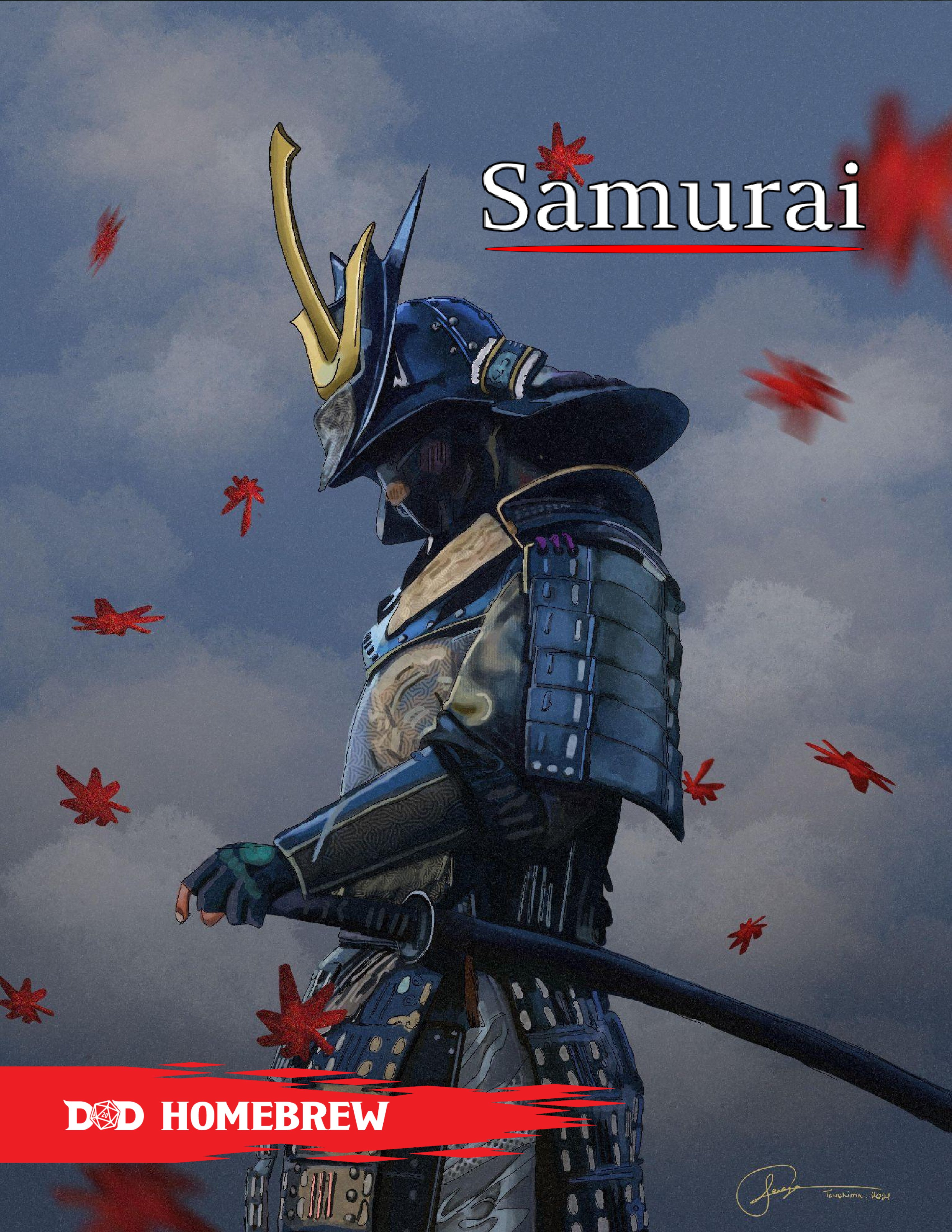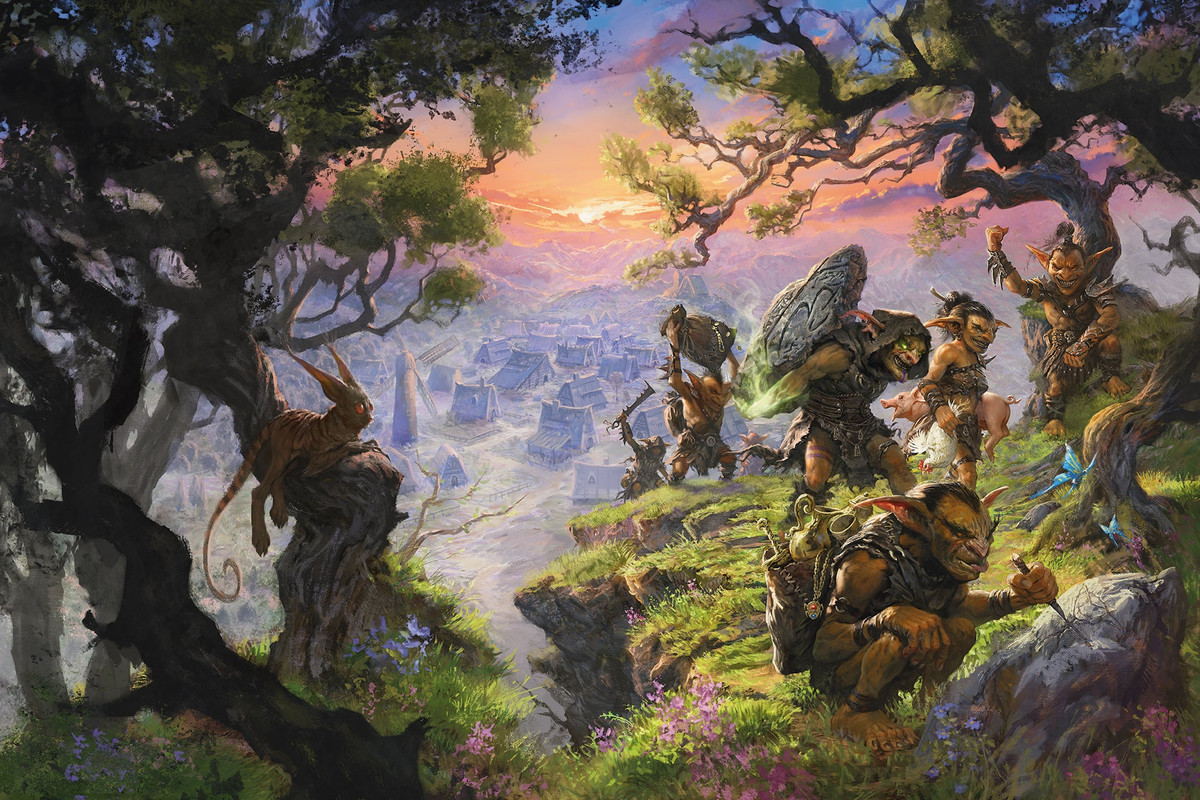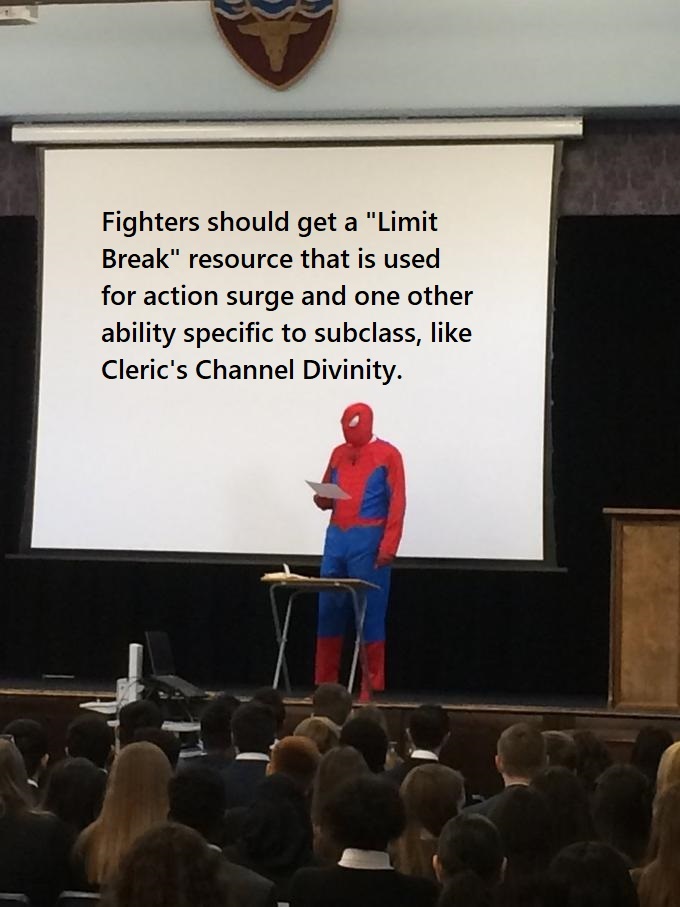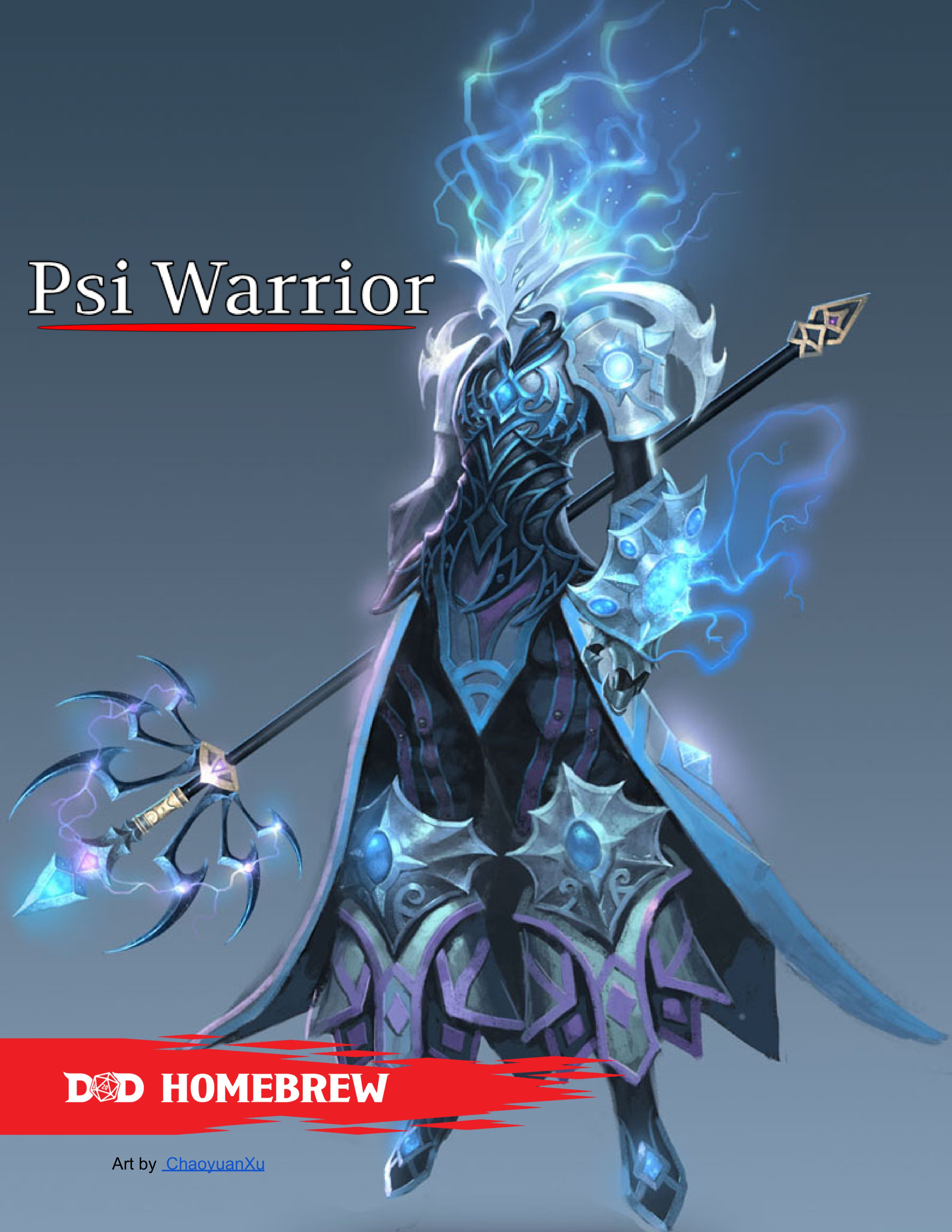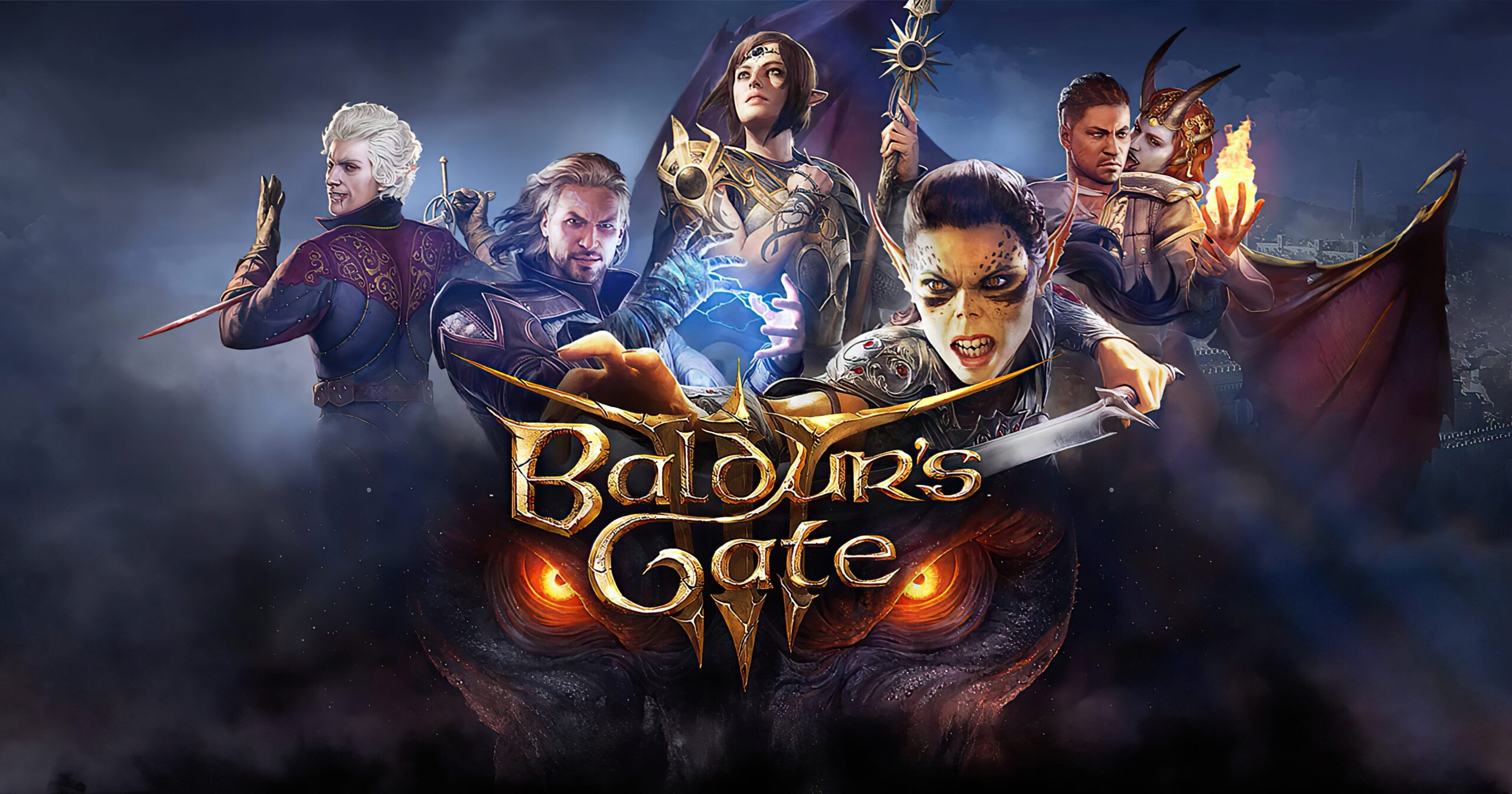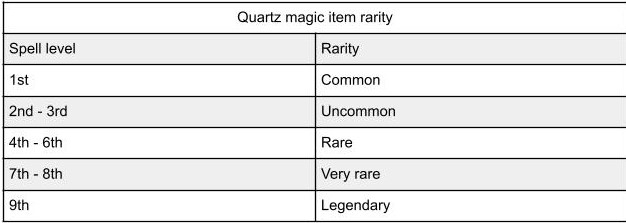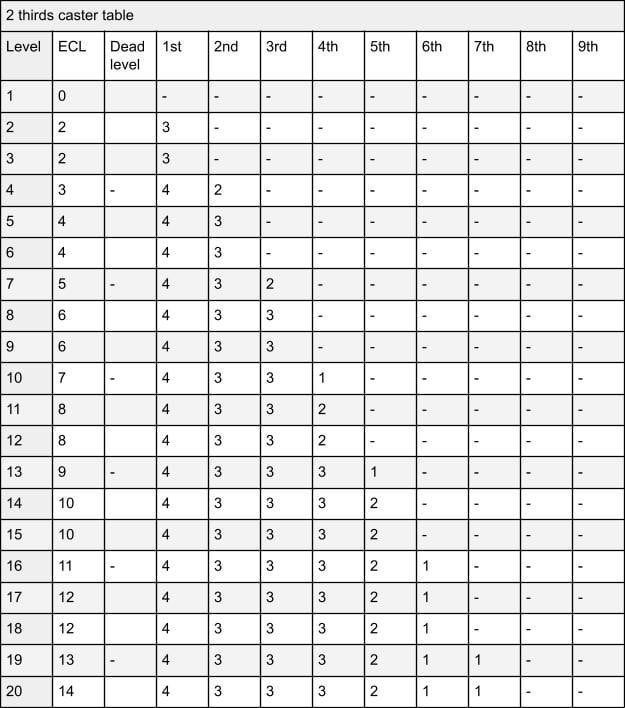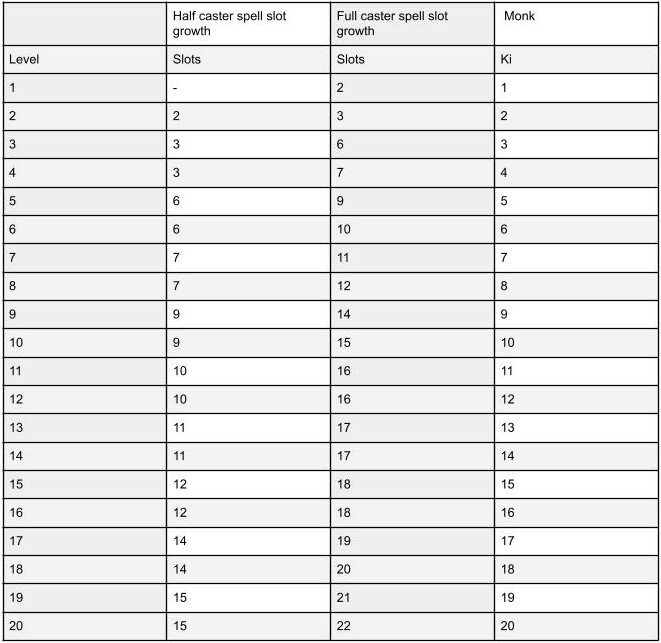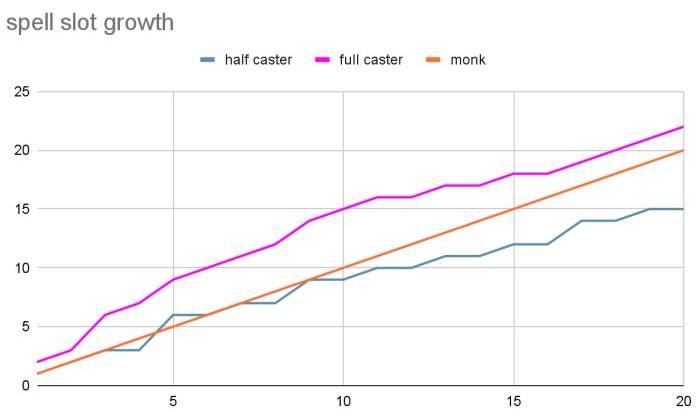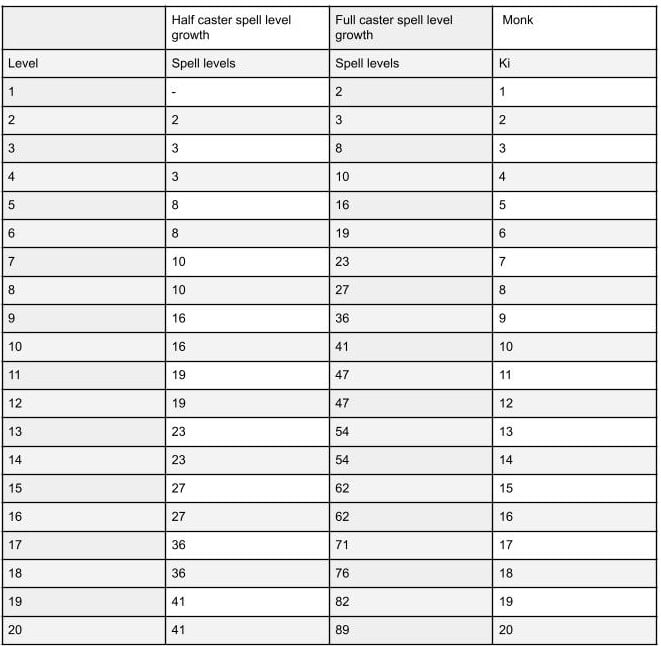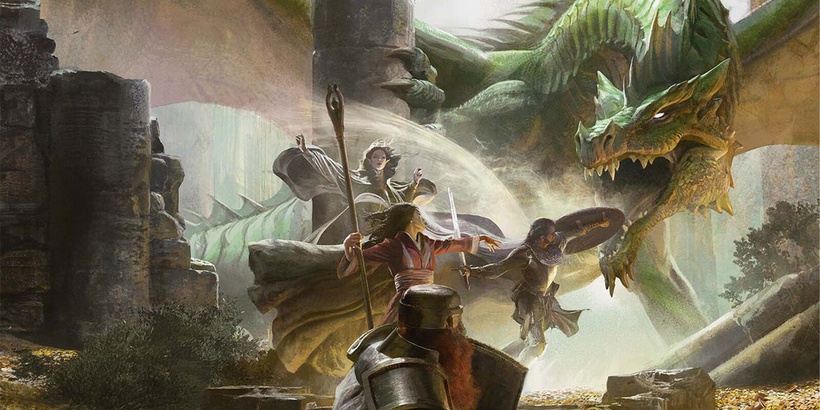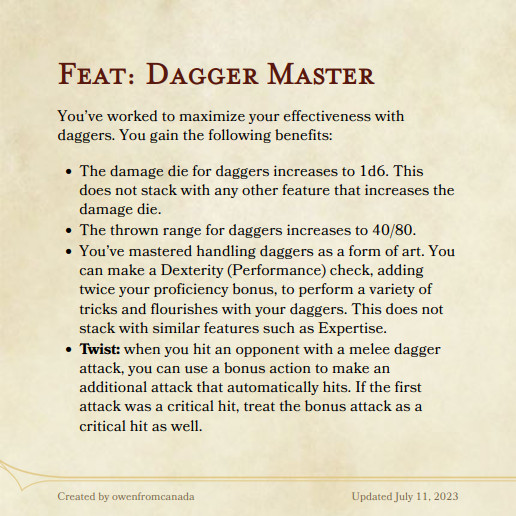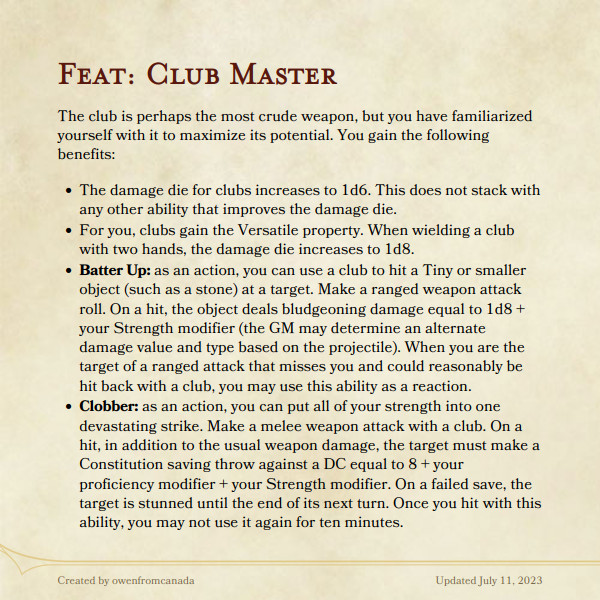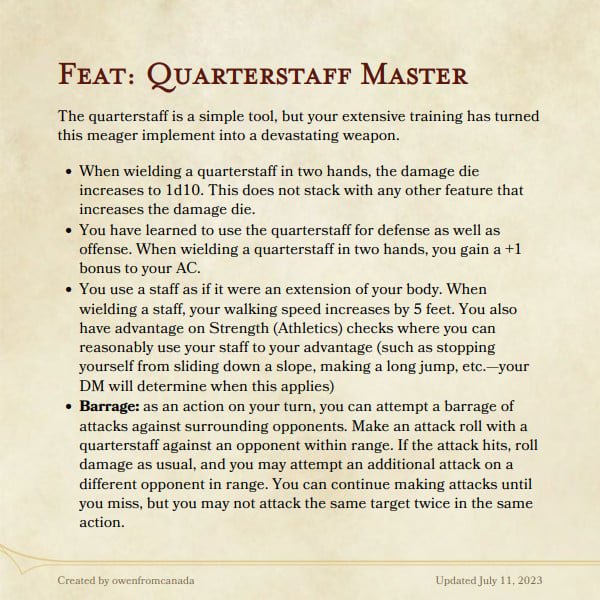I'll be writing more articles here so stay tuned if you're interested, and check out my previous articles below.
click to expand
Creating character kits instead of classes for 5e?
"dead" levels, casting, and balancing
How much is a ki point worth? an in depth look
now on to the article. I’ll address these topics in order, so,
starting with commanders.
Commanders can be used to keep low level monsters relevant as the party levels up, or to give uniqueness to specific enemy npcs. They also give the party a good secondary objective to combat that I will talk about later on.
Building a commander is simple, but they offer a lot more than just the monster; giving them individual motivations, styles of command, and names can go a long way for roleplay. Just don’t get too deep into the lore of one commander when it’s likely the party will hit first and ask questions later. To build one; first take a monster, give them a background (no shame in just rolling the tables), then give them 1 to 3 class levels (if it’s more than three the balance kind of breaks down), then adjust stats and equipment.
If you give them a spellcasting class I suggest picking just a couple spells that are signature to the commander instead of filling out a whole list, you don’t even have to choose from spells they are eligible for either.
Remember that each class level they receive confers 1 CR and to adjust their proficiency bonus accordingly. I suggest adjusting their ability scores by improving one by 1 and another by 2, and if their CR becomes 4 (I round up in this case) or increases past 4 by giving them levels then they get an ability score increase like they reached level 4 in a class.
Shamans
Shamans are an idea inspired by the monster manual entry for aarakocra. In order to add shamans to an encounter; choose one spell of preferably lower level, add a number of monsters designated as shamans equal to the level they plan to cast the spell at, then set a number of turns the shamans need to perform the ritual to cast the spell.
The reason why I suggest a lower level spell is that, if the shamans are upcasting the spell, not all of them are required to finish the ritual. They might want to cast a 7th level thunderwave, but if only four shamans survive to the end of the ritual it gets cast at 4th level.
Whether the shamans use; their action and their movement, just their action, or only a bonus action each turn to maintain the ritual depends on the encounter balance you want.
In order to calculate the XP of the encounter using shamans; quarter the XP for each shaman that has to use it’s action and movement to maintain the ritual, half the XP for each shaman that uses only their action to maintain it, and shamans that only use a bonus action to maintain the ritual are valued at full XP.
Secondary objectives
Now that I’ve introduced commanders and shamans let’s talk about how they can be used for secondary objectives.
Commanders and secondary objectives:
Breaking morale.
For this secondary objective you may use the optional morale rules in the Dungeon masters guide. Or, I use a modified set of rules for morale that I will detail.
Morale checks are still DC 10 wisdom saves and are called when the following conditions are met;
- The creature is surprised
- The creature’s commander is reduced to half HP for the first time
- The creature’s commander is killed
- The creature’s allied forces are reduced to half the starting amount
For small groups, each enemy unit makes morale checks when the situation calls. For large groups, break them into ‘divisions’, if you have twelve kobolds make two divisions of six or four divisions of three (mark them so you don’t lose track) each division makes the morale checks as if they were one creature.
As long as the commander can be seen by the unit or most of the division they add their commander's charisma modifier to their morale check. Commanders automatically pass morale checks but may decide it’s advantageous to call off the attack and retreat.
On a failed morale check the creature or division gains the frightened condition and must run from the fight, they may be rallied by the commander only if they broke during the previous round or the same round on a turn before the commander.
A new charisma skill is added for npc commanders that they may be proficient in, leadership. The commander may use their action to rally their forces only once per encounter with a DC 15 leadership check and rallied forces are still frightened but are allowed to move back into the fight.
Diplomacy.
If the party has prior knowledge of the commander or commanders, they might try to use diplomacy to evade fighting against a greater or even force. The party may try appealing to the commander's individual motivation or their history for leverage in diplomacy. For example the party are in the territory of the goblin clan four fingers, but are ambushed by goblin clan red beetles. Kricket is a goblin warchief of clan red beetles that had brought an entire invading force and surrounds the party. The party recalls that they previously learned goblin wars are settled when one of the clans clan staff is stolen by the other, and they were already on their way to four fingers clan to retrieve a stolen item. They use diplomacy in the midst of the fight leverage an end to the fight, saving their lives, by offering to steal the four fingers clan staff for Kricket. Kricket figures he can’t lose anything by trusting the party and lets them go, if the party holds up their promise and returns with the clan staff in 24 hours they can even gain a powerful ally.
Killing the leader.
Sometimes it’s that simple. Killing the leader may spark the rest of the enemy forces to drop their weapons and flee, beg for mercy, or praise the strength of the party in a worshippy kind of way.
Shamans and secondary objectives:
Break the spell.
You may set up an encounter where the shamans have cast a summon spell such as summon shadowspawn. The shamans don’t have to concentrate on the spell but killing a shaman reduces the level of the shadowspawn by 1, reducing its stats and reducing its current hit points by 11 (or by how much the health scales by level for the chosen spell). For this objective I would multiply the XP value of the shamans by 2.
Stop the ritual.
This one's obvious, but it doesn’t have to be a spell that the party needs to watch out for, it could be resurrecting a lich, or binding and draining energy from a hero npc. And maybe only one shaman is required to complete the ritual to put the party under a real time crunch. Or you could layer it and have shamans making a wall of force that need to be eliminated along with some henchmen before the party can proceed to the actual ritual and begin disrupting it.
